Photo Gallery for Crocidophora pustuliferalis - No common name | Photos: 24 |
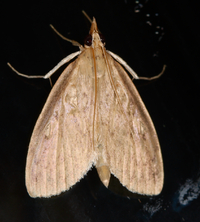 | Recorded by: Jim Petranka on 2023-08-20
Madison Co.
Comment: |  | Recorded by: Jim Petranka on 2023-08-17
Madison Co.
Comment: |
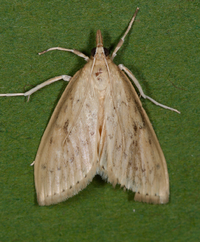 | Recorded by: Jim Petranka and Becky Elkin on 2023-07-12
Madison Co.
Comment: |  | Recorded by: Jim Petranka and Becky Elkin on 2023-07-12
Madison Co.
Comment: |
 | Recorded by: Jim Petranka and Becky Elkin on 2023-06-28
Madison Co.
Comment: A communal nest that consisted of young shoots and leaves of River Cane that were bound with silk. | 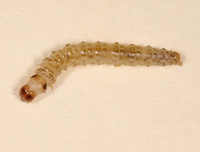 | Recorded by: Jim Petranka and Becky Elkin on 2023-06-28
Madison Co.
Comment: |
 | Recorded by: Jim Petranka and Becky Elkin on 2023-06-28
Madison Co.
Comment: A larva that was beginning to pupate was found in a silken cocoon that was covered in frass as seen on the far left of this image. | 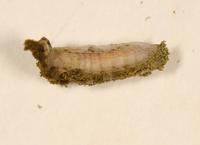 | Recorded by: Jim Petranka and Becky Elkin on 2023-06-28
Madison Co.
Comment: A prepupa is a thin silk cocoon; the outside frass was removed to reveal the thin, silk covering around the larva. |
 | Recorded by: Jim Petranka and Becky Elkin on 2023-06-28
Madison Co.
Comment: A communal nest that was torn apart to reveal the frass inside. | 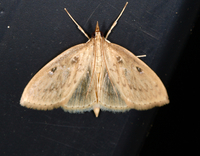 | Recorded by: Jim Petranka on 2023-04-12
Madison Co.
Comment: |
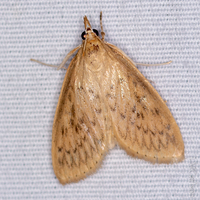 | Recorded by: David George, L. M. Carlson on 2022-07-25
Greene Co.
Comment: |  | Recorded by: Dean Furbish on 2021-08-14
Wake Co.
Comment: |
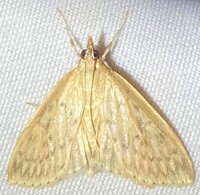 | Recorded by: Dean Furbish on 2021-07-28
Wake Co.
Comment: |  | Recorded by: Darryl Willis on 2020-07-19
Cabarrus Co.
Comment: |
 | Recorded by: Jim Petranka and Becky Elkin on 2019-08-01
Madison Co.
Comment: |  | Recorded by: Jim Petranka and Becky Elkin on 2019-05-16
Buncombe Co.
Comment: |
 | Recorded by: Steve Hall on 2019-05-05
Orange Co.
Comment: Found near a planted stand of black bamboo but not near any known stand of native cane |  | Recorded by: Jim Petranka and Becky Elkin on 2018-07-25
Madison Co.
Comment: |
 | Recorded by: Jim Petranka and Becky Elkin on 2018-07-17
Madison Co.
Comment: | 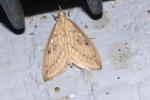 | Recorded by: ASH on 2013-05-02
Moore Co.
Comment: |
 | Recorded by: j.wyche on 2012-10-07
Gates Co.
Comment: | 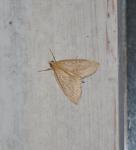 | Recorded by: K. Bischof on 2011-04-14
Beaufort Co.
Comment: |
 | Recorded by: T. DeSantis on 2010-05-22
Camden Co.
Comment: | 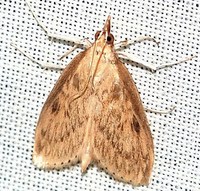 | Recorded by: Paul Scharf on 2010-04-26
Warren Co.
Comment: |
|